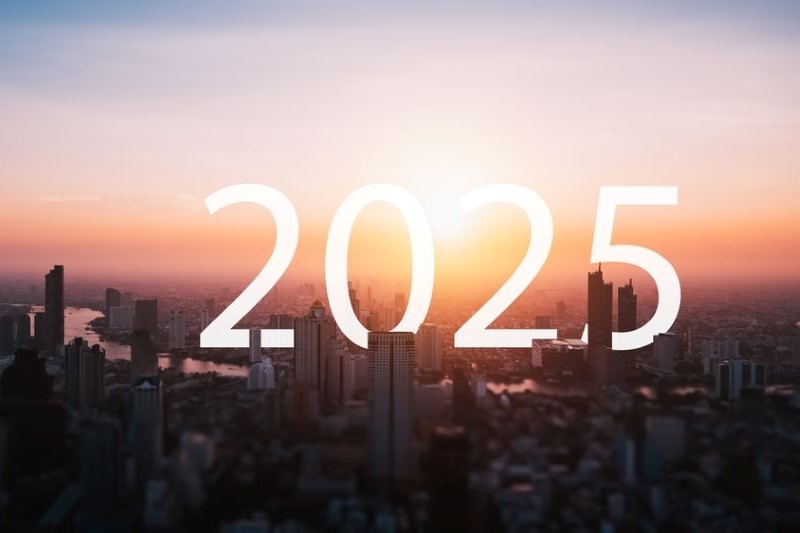2025: What’s In Store For The Economy And Healthcare Real Estate?
As professionals in the healthcare real estate (HRE) industry look ahead to 2025, they are grappling with several important questions.
These include: How much longer will the U.S. Federal Reserve reduce its federal funds rate, and what impact will this have on borrowing costs? Will the Federal Reserve’s policies steer the economy toward a soft landing? Will inflation slow down? And, how will the policies of a new presidential administration influence the broader economy, businesses, and the HRE market?
Within the HRE sector, more specific concerns are emerging: Will the construction of new medical office buildings (MOBs) recover from the substantial decline of recent years? Will the sales volume of MOBs bounce back from its downturn?
To address these and other pressing questions, John T. Chang, an economist and Senior Vice President, National Director of Research Services at Marcus & Millichap Inc., delivered the keynote address at the GlobeSt. Healthcare conference in Scottsdale in early December. His presentation focused on the economic forecast for the coming year.
On the broader U.S. economy, Mr. Chang acknowledged the challenges in predicting GDP (gross domestic product) growth but noted that economists are generally projecting a 2.1 percent growth rate for 2025. He highlighted that last year, GDP growth for 2024 was expected to be only 1 percent, with many predicting a recession. However, the economy has outperformed expectations, with a projected growth rate of 2.7 percent for the year.
Addressing interest rates, Mr. Chang indicated that the Federal Reserve is likely to slow its rate cuts in early 2025 compared to earlier forecasts. As of December 18, 2024, following a final 0.25 percent rate reduction, the federal funds rate stood between 4.25 percent and 4.5 percent.
Looking toward June 2025, Mr. Chang estimated a 60 percent chance that the rate would be around 4 percent, requiring one more rate cut in the first half of the year. However, he warned that factors such as post-election policies, tariffs, immigration, and labor shortages could lead to a more inflationary environment, potentially altering these predictions.
“We won’t have much clarity on these issues until around March 2025,” Mr. Chang said, stressing that the economic outlook could remain uncertain until then.
Source: HREI
For more information contact us:
954.346.8200 x 201




